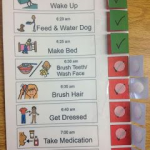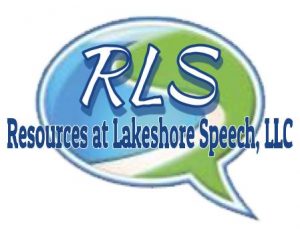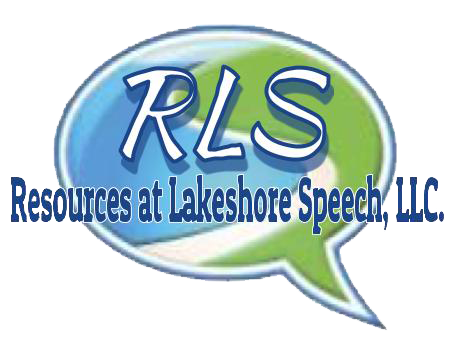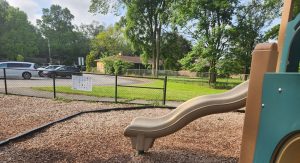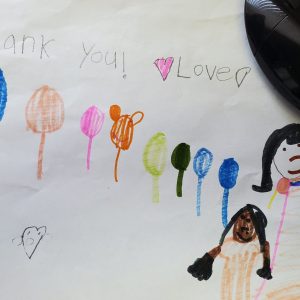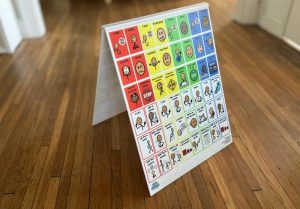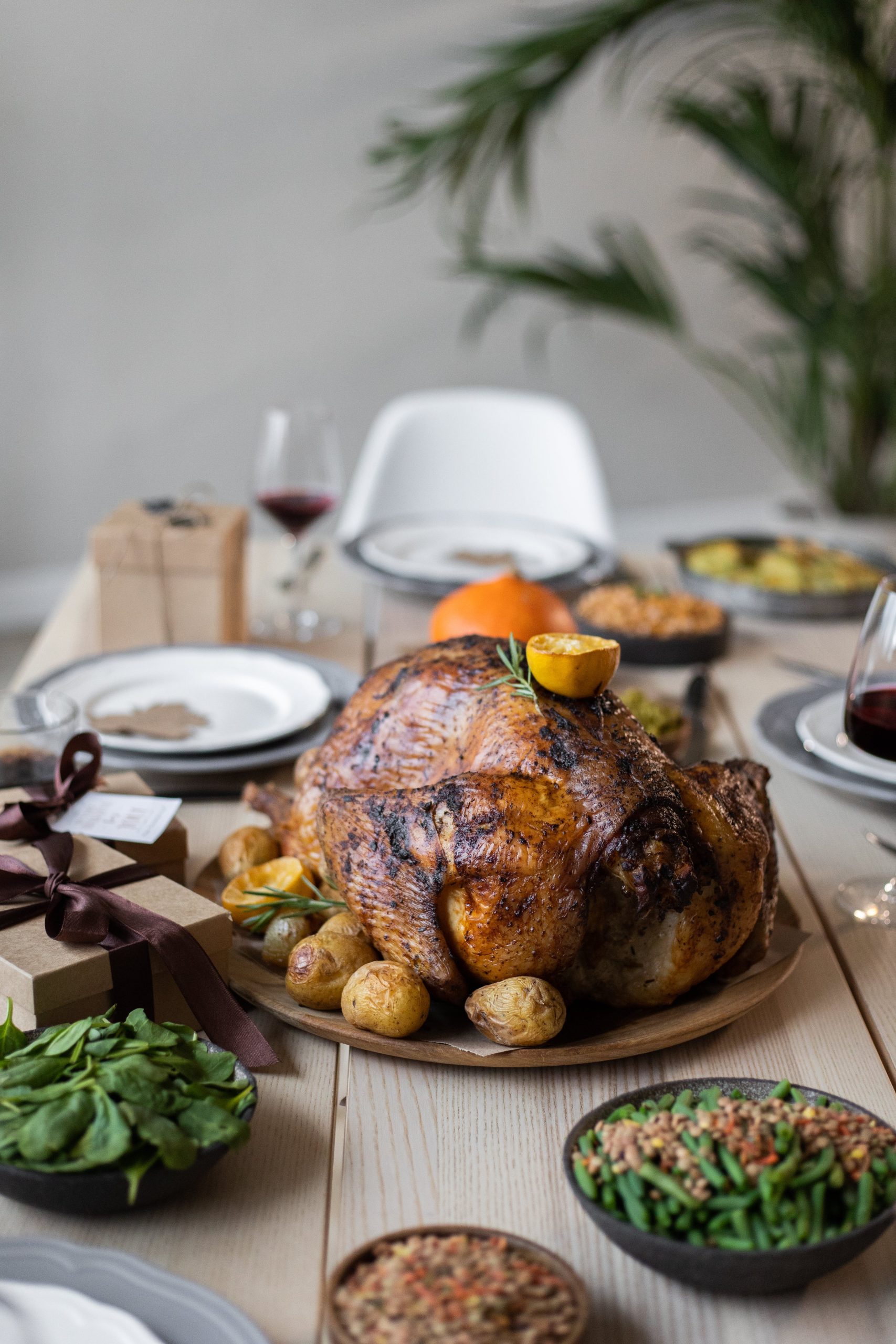
Celebrating Thanksgiving with a child with autism may require some thoughtful preparations to ensure a comfortable and enjoyable experience. Here are some tips to consider:
Prepare in Advance:
Tell your child about the upcoming Thanksgiving celebration well in advance. Use visual aids or social stories to help them understand the routine and what to expect.
Create a Visual Schedule:
Use a visual schedule to outline the day’s events. This can help the child understand the sequence of activities and reduce anxiety.
Sensory-Friendly Environment:
Be aware of sensory sensitivities. Think about the lighting, sounds, and textures in your environment. If the child is sensitive to a certain smell, sound or taste, create a quiet space where they can go if needed.
Familiar Foods:
Include some of the child’s favorite foods in the Thanksgiving meal. Having familiar and preferred items can make the experience more enjoyable for them.
Social Stories:
Create a social story that explains the Thanksgiving celebration, including who will be there, what activities will happen, and any special traditions. This can help reduce anxiety by providing predictability.
Prepare Guests:
If you have guests coming over, tell them about the child’s preferences and sensitivities. Encourage understanding and suggest ways they can interact positively.
Provide Breaks:
Recognize when the child may need a break from social interactions. Have a quiet space available where they can relax if needed.
Incorporate Special Interests:
If the child has specific interests, try to incorporate them into the celebration. This can make the event more engaging and enjoyable for them.
Engage in Activities:
Plan activities that the child enjoys. Whether it’s a favorite game, craft, or outdoor activity, having familiar and enjoyable things to do can make the celebration more pleasant.
Communicate Clearly:
Use clear and direct language when communicating. Provide information about the schedule, expectations, and any changes in plans to reduce uncertainty. Talk with your speech therapist for ideas and ways to provide clear communication.
Respect Sensory Needs:
Be aware of sensory sensitivities and respect the child’s need for personal space. If the child prefers not to be hugged or touched, share with others how important it will be for them to respect these preferences.
Celebrate in Small Groups:
Consider celebrating in a smaller, more intimate setting to decrease the level of excitement. This can make the environment easier for the child to manage.
Closing
Remember, every child with autism is unique, so it’s important to use the suggestions that meet the individual’s specific preferences and needs. Clear and direct communication with the child and their caregivers will also be important when creating a Thanksgiving celebration that everyone can enjoy.
